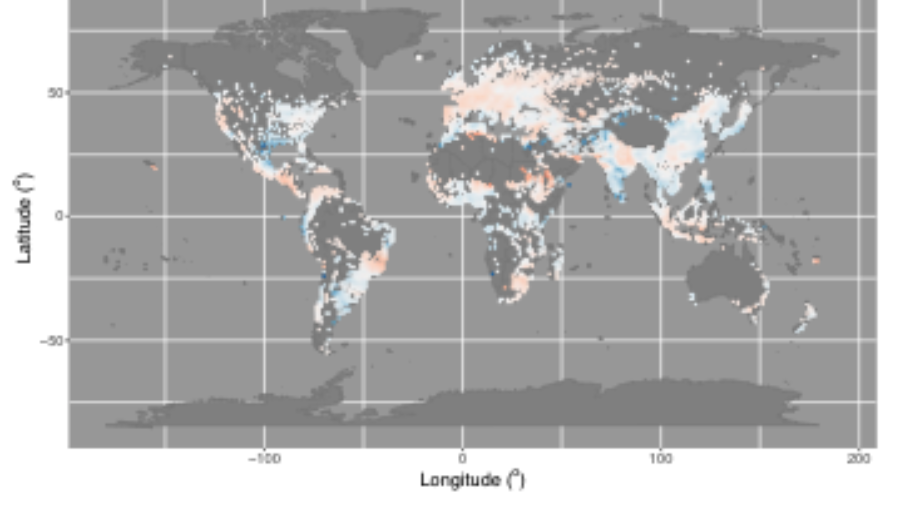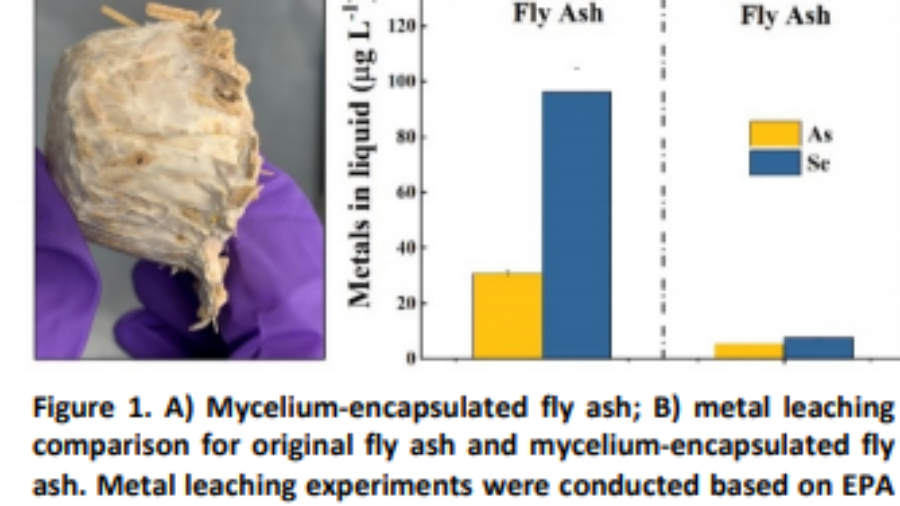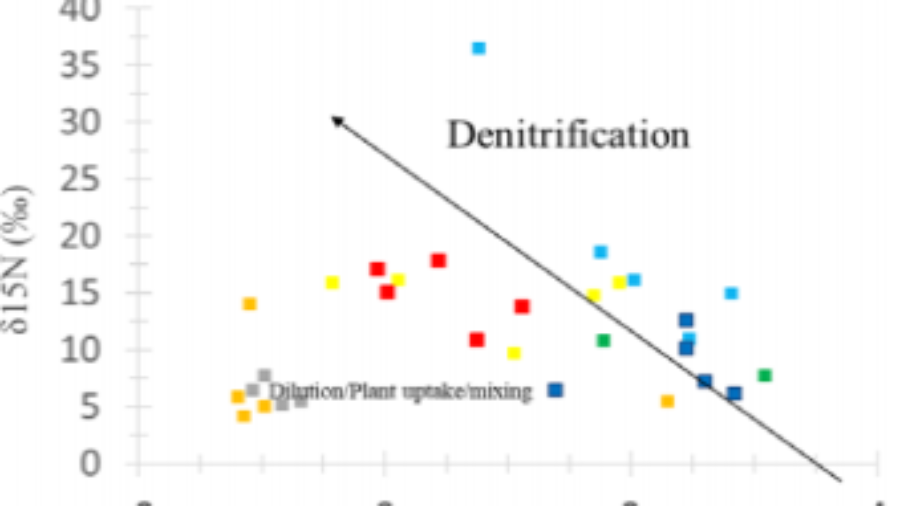Laura C. Gray, University of Illinois
Estimation of Hydraulic Conductivity in a Watershed Using Multi-source Data via Co-Kriging
Ghadiri, Maryam, Tseng, Chien-Yung, Larson, Timothy, H., Kumar, Praveen, Meidani, Hadi
Abstract
Enhanced water management systems depend on accurate estimation of hydraulic properties of subsurface formations. This is while hydraulic conductivity of geologic formations could vary significantly. Herein, we studied an intensively managed area located in the Upper Sangamon Watershed in Central Illinois, U.S.A., and generated 2D maps of hydraulic conductivity over a large-scale region with quantified uncertainties in different depth layers. In doing so, we made use of low cost, small-scale measurements obtained from the Electrical Earth Resistivity together with more accurate, more expensive pumping tests in a calibration framework based on Kriging. We offered a cost-effective approach to reliably characterize the hydraulic conductivity properties in under-sampled sites and can be particularly used in obtaining large-scale parameter maps for a region using small-scale measurements in an efficient way. This work also includes optimal sensor placement, where the best locations for future data collection are selected by considering the current confidence levels estimated by the Kriging model, which is related to the expected value of information from future sensor data. Our approach is based on the Bayesian experimental design, which selects the best locations, out of a set of candidate locations, based on the value of information that each location is expected to offer.
Ghadiri, Maryam, Tseng, Chien-Yung, Larson, Timothy, H., Kumar, Praveen, Meidani, Hadi, June 2021, Estimation of Hydraulic Conductivity in a Watershed Using Multi-source Data via Co-Kriging. Universities Council on Water Resources conference presentation. https://www.essoar.org/doi/10.1002/essoar.10509649.1
Probabilistic Modeling and Reliability-based Design Optimization of a Ground Source Heat Pump System
Zilong Zhao, Yanwen Xu, Yu-Feng Lin, Xinlei Wang, Pingfeng Wang
Highlights
- Addressed reliability problem of a Ground Source Heat Pump (GSHP) system.•
- Probabilistic Uncertainty Indexes were integrated into design and random variables.•
- Constraint functions were determined to ensure the GSHP system performance.•
- Uncertainties’ effects were summarized through comprehensive case studies.
Abstract:
The optimization design of a ground source heat pump (GSHP) system can be crucial in improving its performance and economic competitiveness. The effect of probabilistic uncertainties of design variables in a GSHP system was analyzed using reliability-based design optimization (RBDO) method. An analytical borehole heat transfer model was selected as the frame of energy simulation in this work. With the goal to minimize the cumulative costs over a 20-year lifespan of the GSHP system, a non-linear optimization was carried out under three constraint factors imposed on the internal flow in ground heat exchanger: The inlet water temperature, water pressure losses and Reynolds number to ensure turbulent flow. Three design variables including depth of boreholes, ground pipe radius and mass flow rate, and two random variables at the installation site, including the groundwater velocity and ground thermal conductivity were considered in this investigation. Different uncertainty levels were assigned into the probability indexes of all five variables, which were studied under multiple reliability levels of all three constraints. Results showed that uncertainties of variables can strongly affect the system reliability and total cost determination. The compromised increment of system cost to ensure the reliability was discussed, and the optimal combinations of design variables (borehole depth, pipe radius and mass flow rate) were also given under different designing scenarios.
Zhao, Z., Y. Xu, Y-F. Lin, X. Wang, and P. Wang. 2021. Probabilistic Modeling and Reliability-based Design Optimization of a Ground Source Heat Pump System. Applied Thermal Engineering. 197. https://doi.org/10.1016/j.applthermaleng.2021.117341.
Water Quality As A Deterrent To The Movement Of Invasive Fishes In The Illinois Waterway: Implications For The Upper Mississippi Basin
DR. CORY SUSKI, UNIVERSITY OF ILLINOIS
Project Impact:
Research findings coming soon.
Illinois Water Resources Center Research For Future Generations
Illinois Water Resources Center
Low cost mycelial stabilization of coal combustion products to reduce As, and Se contamination of groundwater
3/1/2020 – 12/31/2021
Linduo Zhao, University of Illinois
Dr. Nandakishore Rajagopalan, University of Illinois
Utilizing a tracer test to calculating the transport and fate of nitrate within a saturated buffer zone
3/1/2020 – 12/31/2021
Dr. Eric Peterson, Illinois State University
Modeling the Effects of Green Stormwater Infrastructure Implementation on Urban Hydrology and Urban Heat Islands in Illinois
3/1/2020 – 12/31/2021
Dr. Lei Zhao, University of Illinois
Towards better agricultural drought assessment and irrigation management: improving the simulation and understanding of plant water stress for crops in Noah-MP land surface model
3/1/2020 – 12/31/2021
Dr. Kaiyu Guan, University of Illinois
Yi Yang, University of Illinois
A Coupled Urban Spatial Simulation and Stormwater Runoff Models and its Implications for Physical Design: The Case of Chicago
3/1/2020 – 12/31/2021
Yoonshin Kwak, Ph.D. Candidate, University of Illinois
Dr. Brian Deal, University of Illinois





